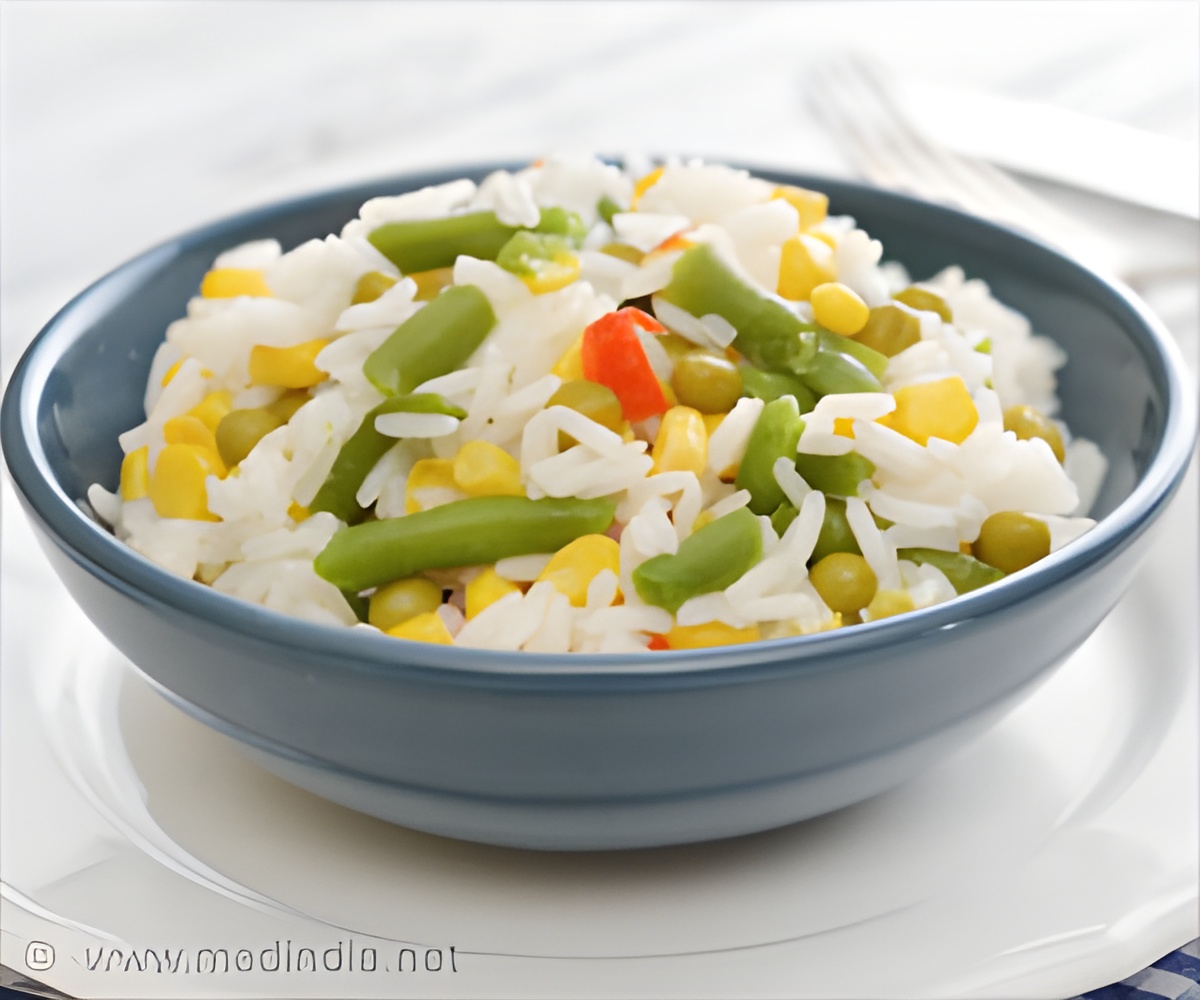
‘Perishable foods such as fruits and vegetables are lost at particularly high rates, leading to exceptional losses of under-consumed nutrients.’
Tweet it Now
In 2014, 14% of American households suffered from food insecurity and an additional 5% experienced a shortage of resources that forced them to skip meals or reduce their food consumption. Across the population, Americans are not getting the recommended intakes of certain nutrients including dietary fiber; calcium; potassium; and vitamins A, C, D, and E.
At the same time, Americans continue to waste food at an alarming rate throughout the food supply chain. It’s estimated that 31-40% of the post-harvest food supply is discarded.
This study was the first to demonstrate the substantial amount of nutrients, including many under-consumed nutrients, were wasted due to food discarded at the retail and consumer levels of the U.S. food supply.
Quantifying the loss can motivate related investments and support the case for registered dietitian nutritionist engagement with these efforts. The estimates can additionally serve as a baseline for tracking intervention impacts.
Advertisement
The study found that losses of under-consumed nutrients were significant. Food wasted at the retail and consumer levels of the U.S. food supply in 2012 contained 1,217 kcal, 33 g protein, 5.9 g dietary fiber, 1.7 mcg vitamin D, 286 mg calcium, and 880 mg potassium per capita per day.
Advertisement
Adult women in 2012 under-consumed dietary fiber by 8.9 g per day, and the amount of wasted fiber is equivalent to this gap for 206.6 million adult women.
Data points like this highlight the need for diverse interventions including standardized date labeling (use by, sell by) and consumer education, so that people can utilize the nutrients instead of throwing them in the trash can.
According to the authors, perishable foods such as fruits and vegetables are lost at particularly high rates, leading to exceptional losses of under-consumed nutrients.
Changes to our food system can reduce agricultural and pre-consumer waste, and play an important role in shaping the amount of food consumers discard. Cultural shifts are also needed to change consumer and industry attitudes.
Even if only the top seven most cost-effective food recovery activities were scaled up and only an additional 1.75% of food waste was recovered, this would translate into 2,000 calories per day for 3.3 million adults.
"Although only a portion of discarded food can realistically be made available for human consumption, efforts to redistribute surplus foods where appropriate and prevent food waste in the first place could increase the availability of nutrients for Americans, while saving money and natural resources," concluded the authors.
"The U.S. has established a target of halving food loss and waste by 2030. This research supports the case for action and for registered dietitian nutritionists to bring their expertise to the effort."
Source-Eurekalert















